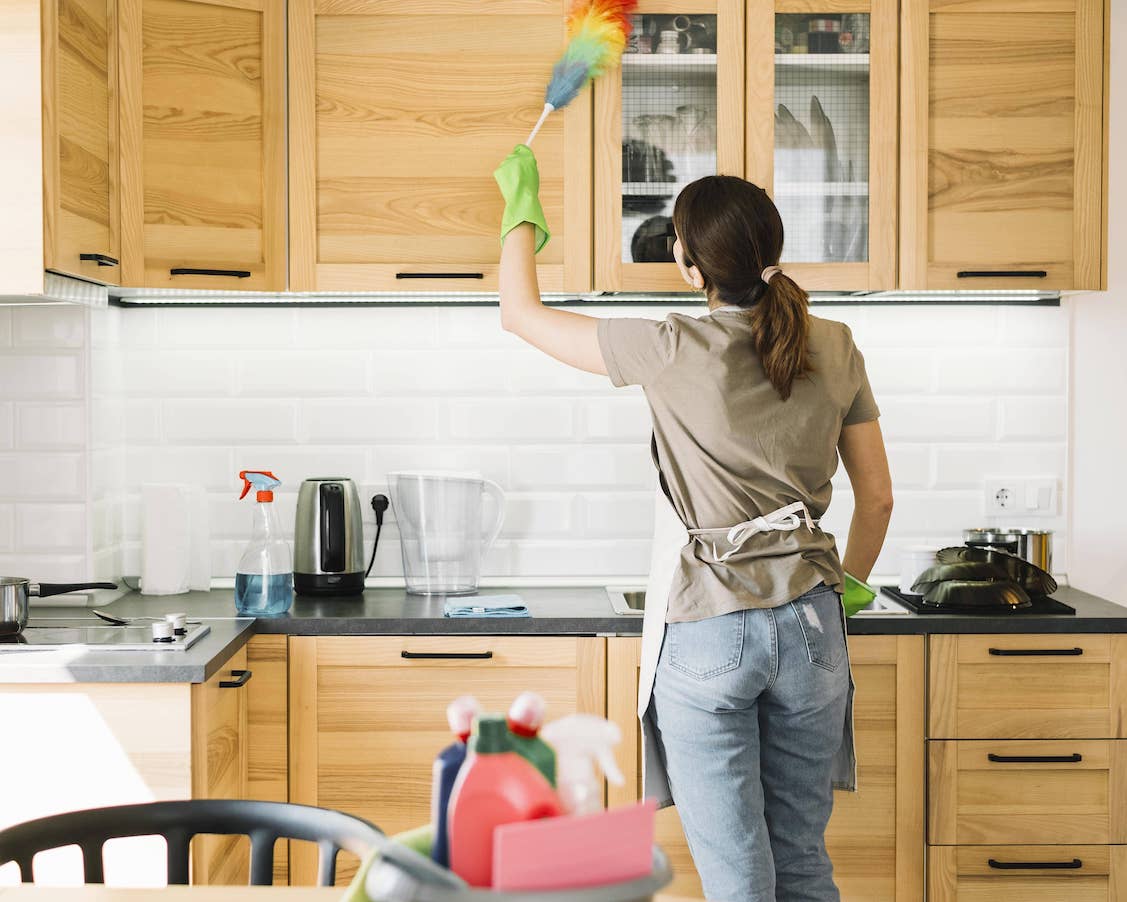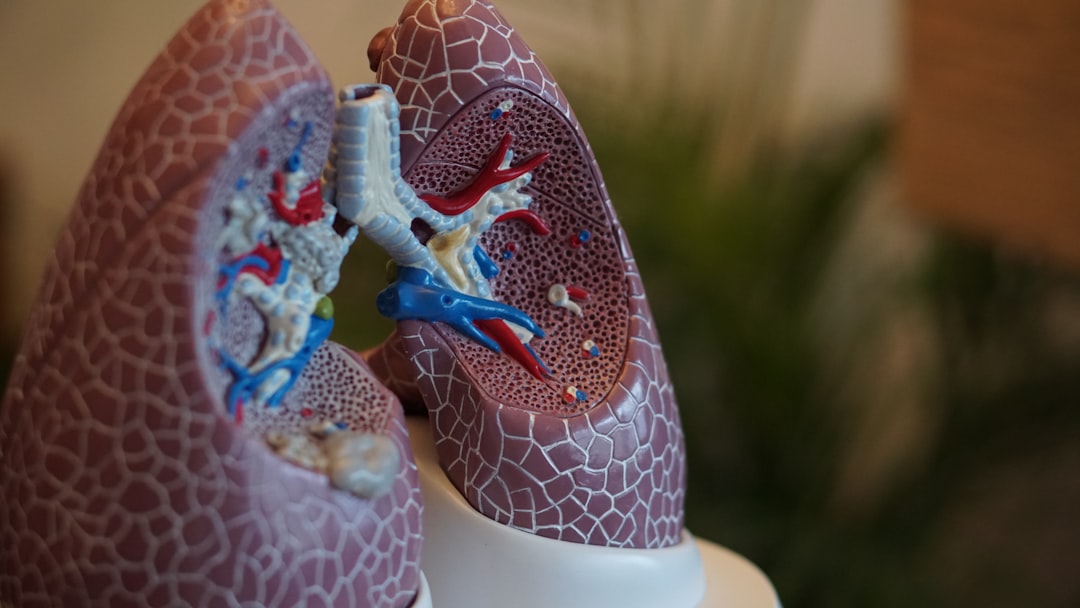Fitness Doesn't Have To Be Fancy

Photo by Bewakoof.com Official on Unsplash
In today’s world, we are presented with sparkling imagery of fancy fitness centers, given the idea that exercise means a strict cardio/weight training/HIIT routine that you must build your entire life around like a second job.
Our bodies were meant to move, but you don’t need to be a gym rat to benefit from the medicine that is movement.
The World Health Organization estimates that nearly 2 million deaths per year are attributed to sedentary lifestyles. Lack of movement increases the risk of cardiovascular disease, high blood pressure, obesity, osteoporosis, lipid disorders, depression, anxiety, and others. Anywhere from 60 to 85% of the world population, in both developed and undeveloped nations, aren’t active enough to maintain decent health, including two-thirds of all children. Inactivity, combined with a poor diet, is certainly an epidemic in today’s world.
Combine this epidemic with the flashy expectation of fitness, I could see how many people could be intimidated to begin, assuming they need a pricey gym membership, a wardrobe of trendy athletic clothing, and several days a week to dedicate to their new exercise routines.
It doesn’t have to be that complicated.
Walking is known as one of the best exercises for general health; a simple act you can do anywhere that can increase energy while reducing the risks of sedentary lifestyle borne diseases.
This study tested the effects of a 30-minute brisk walk, five days per week, on 50 to 65-year-olds who had previously led very sedentary lives and referred to the study by their primary physicians. At the end of a 12-week period, they found those who participated in the walking had reduced systolic and diastolic blood pressure, reduced stroke risk, and increased functional capacity, and their overall 10-year risk of congenital heart disease was reduced significantly.
Physical activity has also been linked to lower rates of mortality for cancer patients. In this systematic review, a majority of studies have demonstrated that an increased level of physical activity was associated with a lower risk of cancer mortality.
So where can you begin?
Again, you don’t need a fancy gym membership to reap the benefits of physical activity. Start in your own home, in your own neighborhood, or in that beautiful park down the road.
Start your day with a little movement medicine
A small cardio routine right when you wake up can help give you more energy throughout the day. Find a quiet area in the house and spend a few minutes doing jumping jacks, pushups, running in place, simply moving your body, getting blood and oxygen to your muscles, and boosting your energy. Making this a part of your routine will help your body crave the movement every day as you roll out of bed, less and less lethargically as it integrates into your daily habits.
As a massage therapist, I start most of my days doing arm circles, as my job, not exactly a sedentary one, relies heavily on using my shoulders and arms. Big and small arm circles help get the blood flowing to my upper extremities and warms the muscles up for my workday.
If your job is physically demanding like mine, warm up the part of your body that gets the most activity throughout the day. If you are on your feet a lot, try some squats, high-knees, and lunges. Push-Ups or planks will help back muscles that will improve your posture, as well.
Midday movement medicine
I tell clients who spend long periods of time at a computer to set a timer for the last 3–5 minutes of every hour.
I know how easy it is to get into a workflow. You begin typing away and next thing you know, four hours have passed and your legs and back feel stiff, your hips may cramp as you go to stand up and you let out a painful, grunty “Uggghhh…” as you dramatically hoist your body off your chair.
Setting a timer for the last five minutes of each hour can remind you that it is time to take your movement medicine. Get up, walk a few laps around your office, do a few laps up and down the nearest staircase. Grab one wrist over your head and pull your arm across your body, getting a good, deep side-body stretch.
Pull your arms and head back, opening the chest and shoulders and extending your spine.
Winding down
A meditative walk around the neighborhood at night before bed can also help you unwind and get your daily movement in before bed.
Restorative yoga in the evening can help wind down a busy mind, release muscular tension, and balance the nervous system while deeply relaxing the body. Physical benefits also include improved flexibility and circulation.
Foam rolling in the evening can help release tension, return blood flow to muscles that stay stagnant for much of the day, and break up myofascial adhesions, or “knots.”
Final Thoughts
Sedentary lifestyles are slowly killing us, contributing to some of the most deadly diseases in our world today, such as heart disease, obesity, and diabetes, to name a few.
With the “gym life” imagery that is presented to us on social media, it’s easy to believe that exercise needs to be a grandiose display that you build your life around. If you are looking for more energy and a reduced risk of sedentary and obesity-related diseases, you can start simple while still reaping huge benefits.












If you enjoyed this article or recipe, please consider giving it a comment! It helps others discover my blog and recipes, and your comments always make my day :) Thank you for your support!
Your email address will not be published. Required fields are marked *